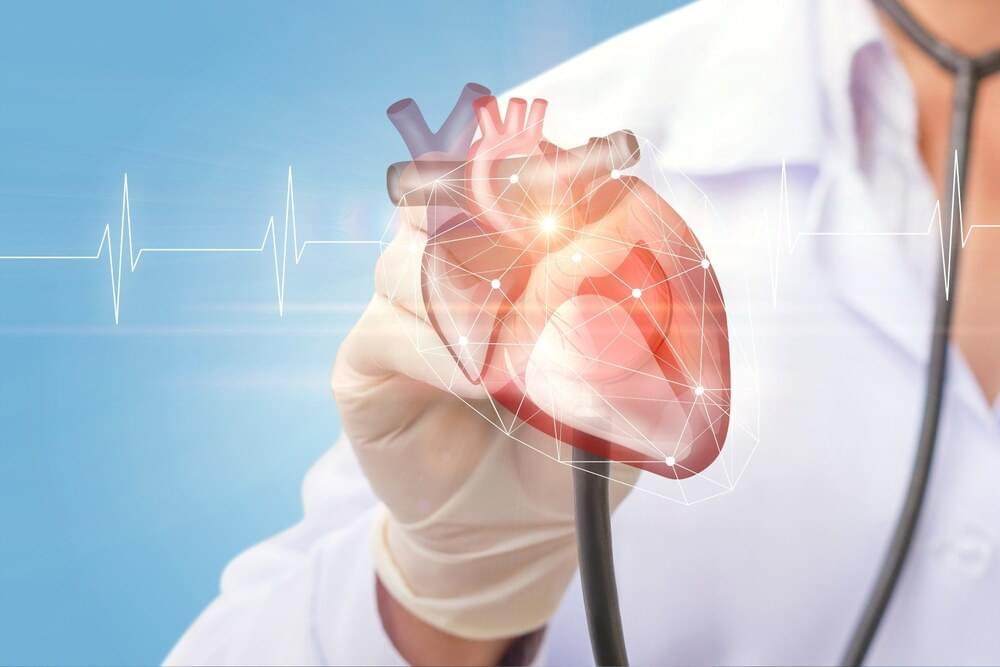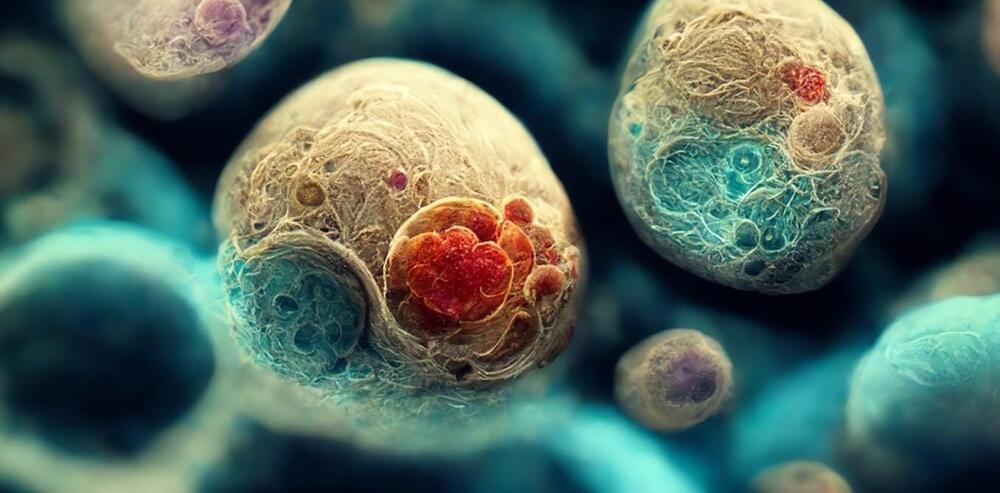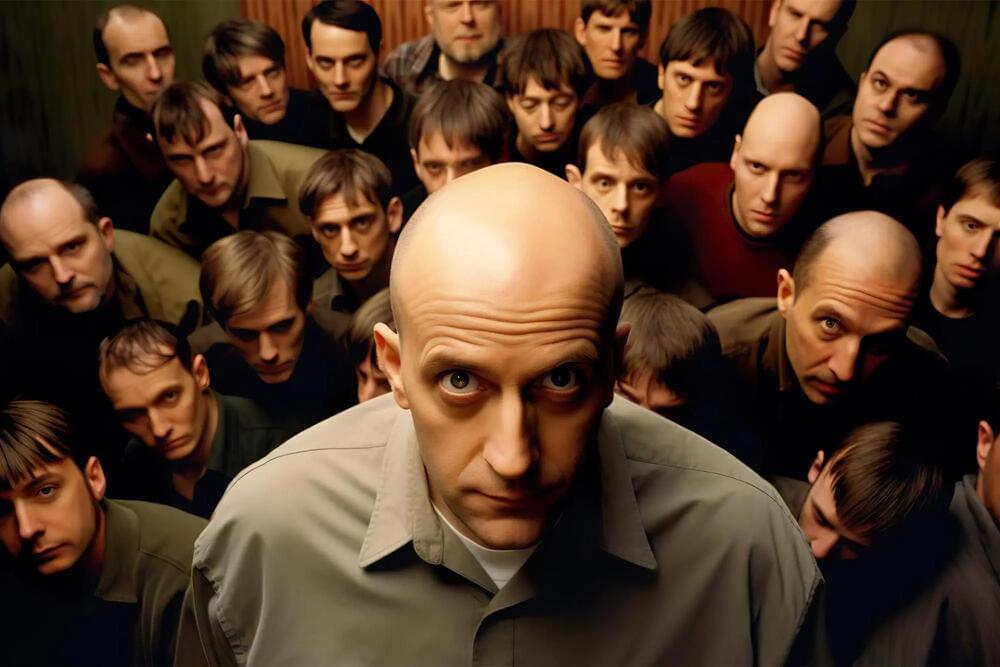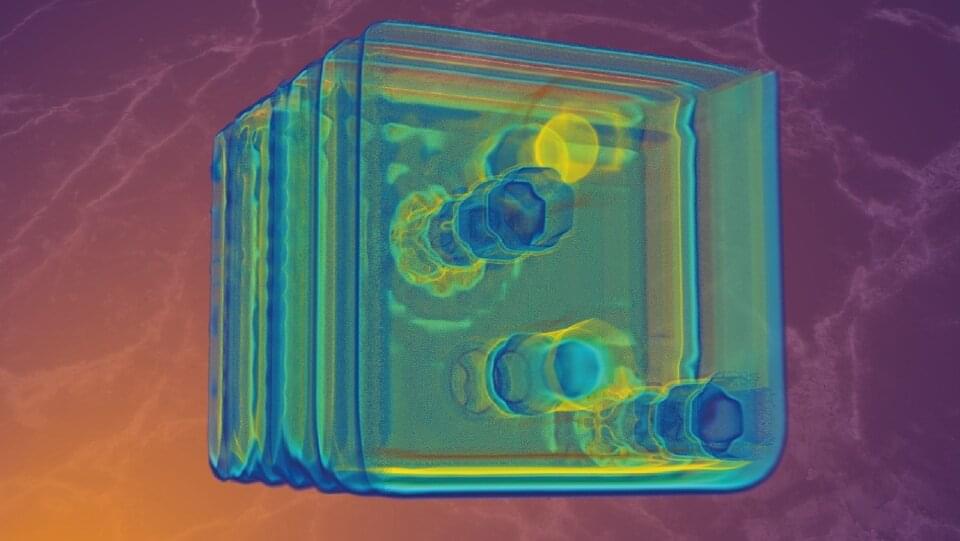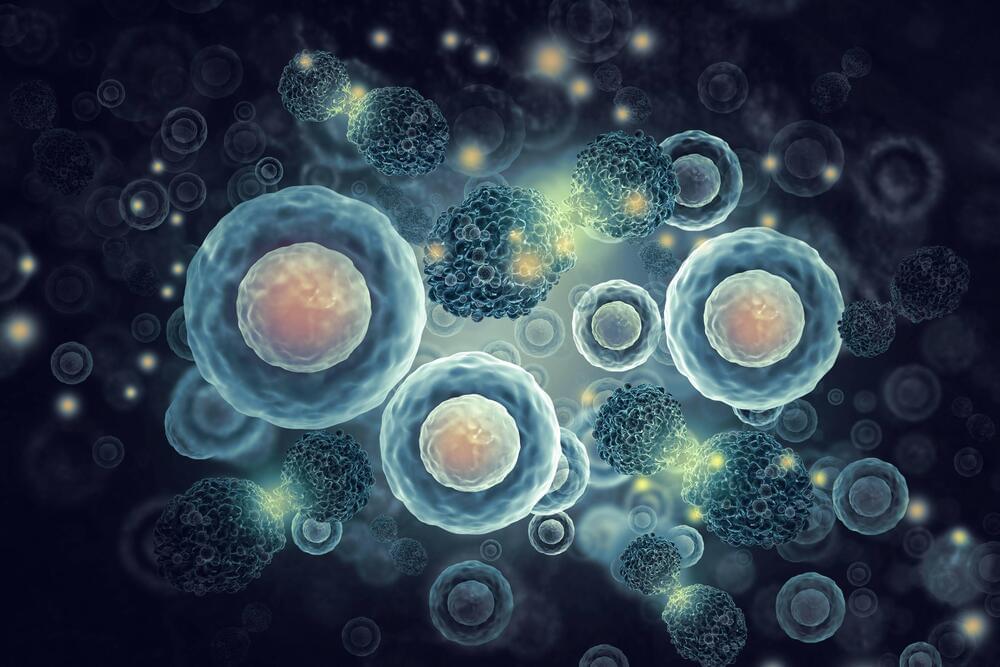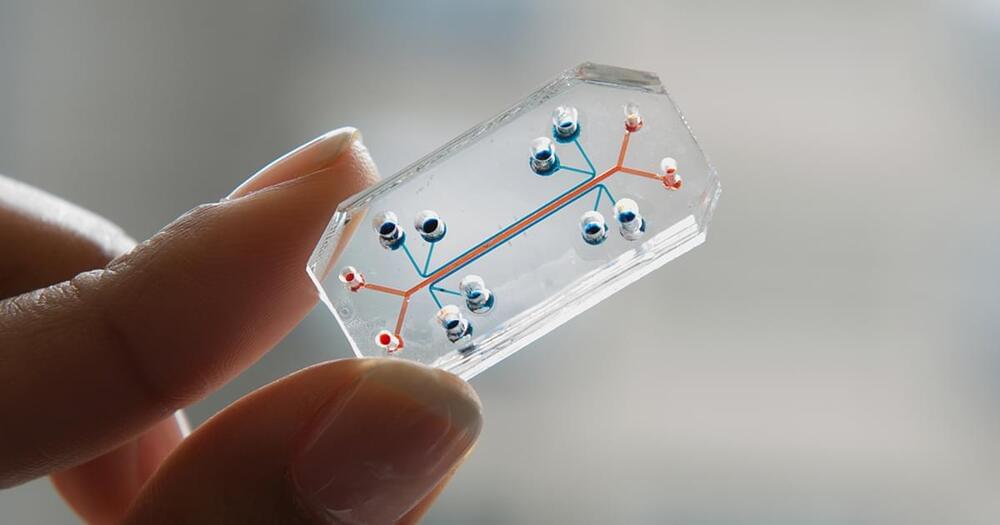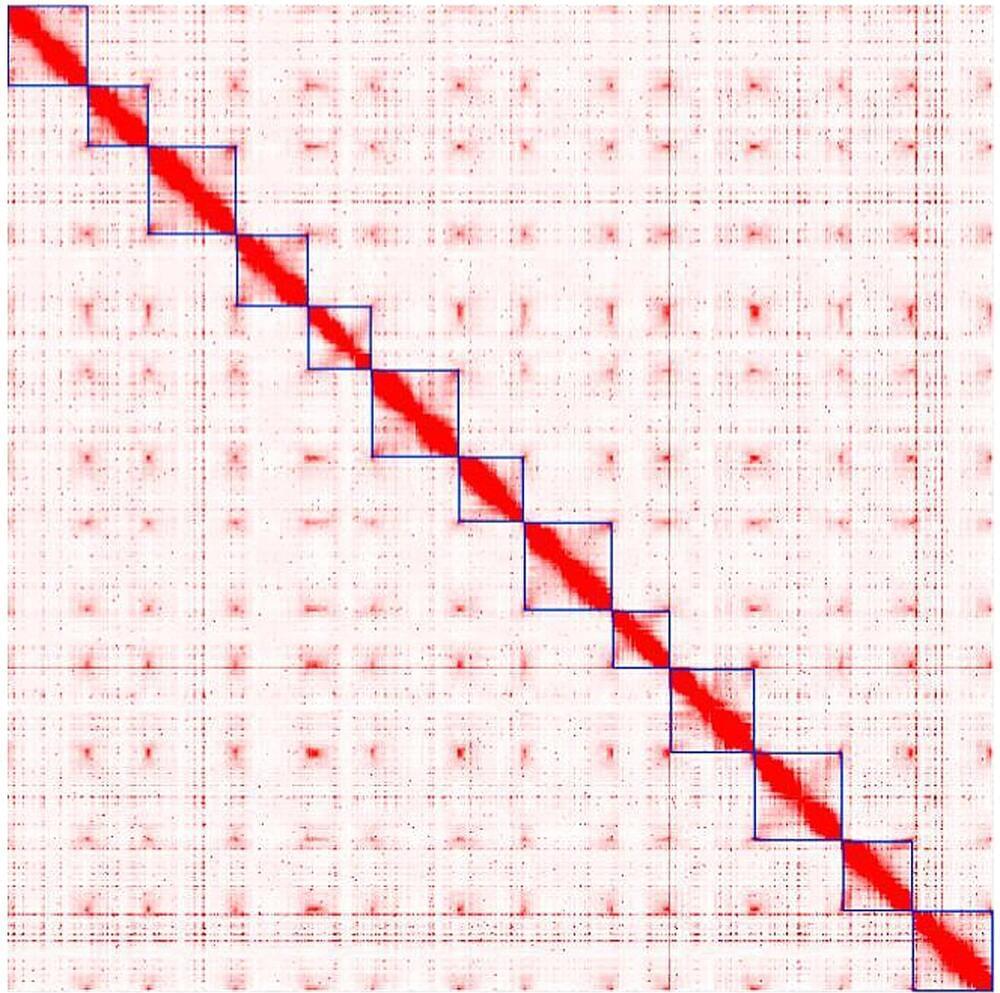Jun 24, 2023
Now hear this: Voice cloning AI startup ElevenLabs nabs $19M from a16z and other heavy hitters
Posted by Shailesh Prasad in categories: biotech/medical, robotics/AI, virtual reality
Join top executives in San Francisco on July 11–12, to hear how leaders are integrating and optimizing AI investments for success. Learn More
ElevenLabs, a year-old AI startup from former Google and Palantir employees that is focused on creating new text-to-speech and voice cloning tools, has raised $19 million in a series A round co-led by Andreessen Horowitz (a16z), former Github CEO Nat Friedman and former Apple AI leader Daniel Gross, with additional participation from Credo Ventures, Concept Ventures and an array of strategic angel investors including Instagram’s co-founder Mike Krieger, Oculus VR co-founder Brendan Iribe and many others.

